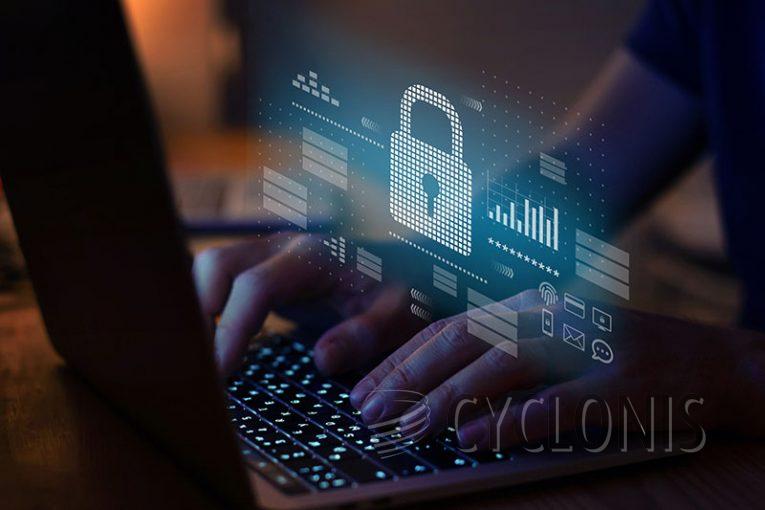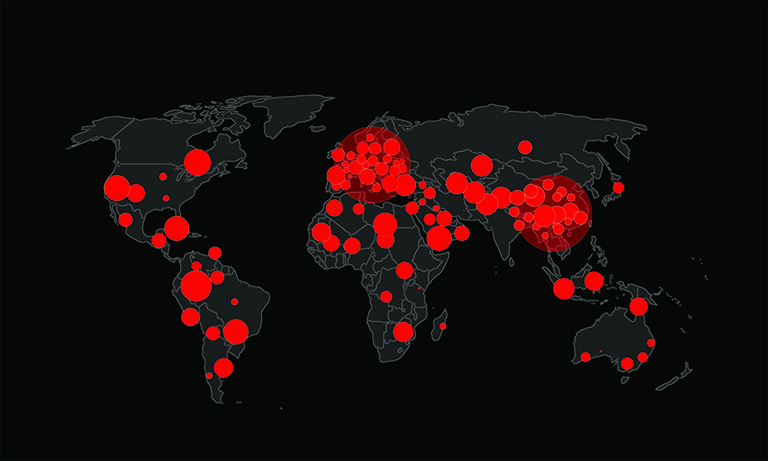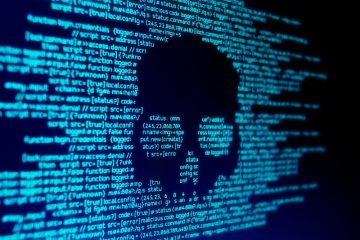ResolverRAT Malware: Another Breed of Stealthy Threat Targeting Global Industries

ResolverRAT has emerged in the rapidly evolving cyber world, drawing the attention of cybersecurity experts due to its technical complexity and targeted approach. This remote access trojan (RAT) has been identified in cyberattacks focused on the healthcare and pharmaceutical sectors, industries where data sensitivity and system uptime are critical.
ResolverRAT stands out not just because of the sectors it targets but also because of its advanced and layered infection methods. Unlike basic malware that traditional antivirus tools can stop, ResolverRAT uses a refined set of techniques designed to evade detection, maintain long-term access, and communicate securely with its operators.
Table of Contents
How ResolverRAT Infiltrates Systems
The malware’s delivery typically begins with a phishing email crafted to create a false sense of urgency. These emails often warn recipients about legal troubles or copyright violations, compelling them to click on links or download attachments. Once the link is clicked, the victim unknowingly initiates the download of a file that sets off the malware’s execution sequence.
What makes ResolverRAT particularly effective is its use of localized lures. Emails are tailored to the native languages of their targets, including Hindi, Turkish, Portuguese, Czech, Italian, and Indonesian. This localization increases the likelihood that the recipient will trust and interact with the message.
The actual infection process employs a method known as DLL side-loading, where a seemingly legitimate application is tricked into loading a malicious file. ResolverRAT’s loader operates entirely in memory, decrypting and activating the core malware without writing permanent files to the system. This stealthy, memory-resident behavior makes detection extremely difficult for conventional security tools.
Digging Into the Malware’s Capabilities
Once ResolverRAT gains a foothold in the system, it sets up multiple redundant persistence mechanisms, both in the Windows Registry and in various locations on the file system. These redundancies ensure the malware can survive reboots and remain active even if parts of it are removed.
A unique aspect of ResolverRAT is its approach to secure communication. Before connecting to its command-and-control (C2) server, it uses certificate-based authentication that bypasses the system’s default trust settings. It also rotates IP addresses for its C2 infrastructure, enabling it to maintain contact even if a server is shut down.
To further obscure its operations, the malware uses certificate pinning, source code obfuscation, and irregular beaconing intervals to avoid detection. This level of sophistication points to a well-funded and technically skilled threat actor.
The endgame for ResolverRAT is data exfiltration and remote command execution. The malware can receive commands from its operator, execute them, and then return the results. Large data sets are carefully broken into small chunks—typically 16 KB each—to avoid triggering alarms in network monitoring systems.
Implications and Connections
While no specific group has claimed responsibility for the development or deployment of ResolverRAT, cybersecurity experts have noted similarities between this campaign and past malware attacks involving Lumma and Rhadamanthys. These overlaps hint at the possibility of a shared infrastructure or affiliate-based distribution model, where multiple actors use the same toolkit for different objectives.
The timing of ResolverRAT’s emergence also coincides with other RAT developments like Neptune RAT, another threat that features plugin-based architecture, ransomware capabilities, and credential theft targeting hundreds of applications. Though the two malware families are separate, their shared sophistication and release window reflects a broader trend: threat actors are refining their tools to maintain prolonged access, bypass detection, and cause long-term damage.
A Call for Awareness, Not Alarm
While ResolverRAT is a technically advanced threat, awareness and proper security hygiene remain the best defenses. Organizations, especially those in high-risk sectors like healthcare, should ensure systems are patched, staff are trained in recognizing phishing tactics, and advanced threat detection systems are in place.
ResolverRAT doesn’t herald a new era of cyber panic, but it does serve as a critical reminder. Cyber threats are growing more targeted, intelligent, and evasive. Understanding how they work is the first step in staying a step ahead.








